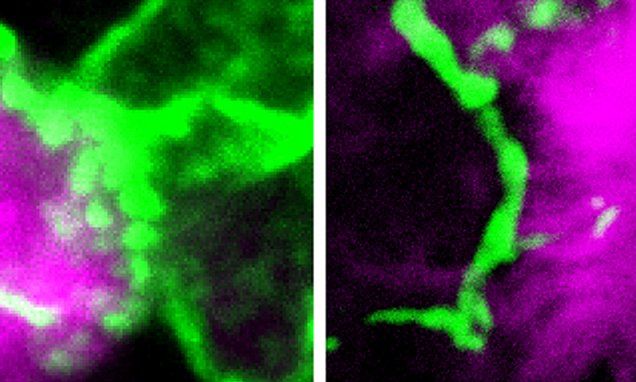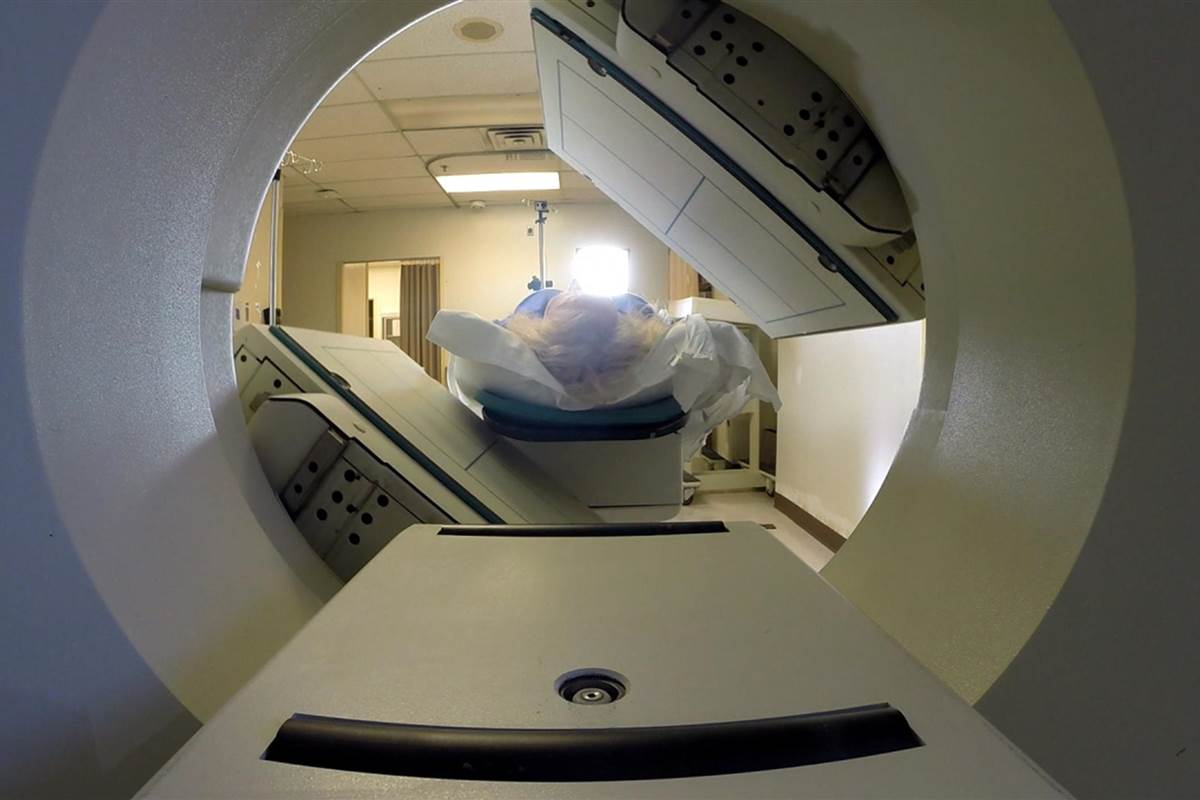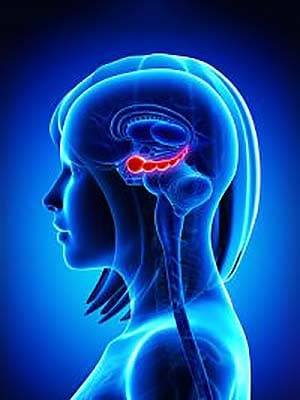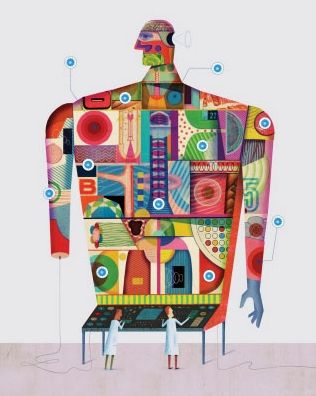New MMTP Interview on Fightaging! discussing longevity, advocacy and the urgent need to support research!
By way of following on from today’s AMA over at /r/futurology, I recently had the chance to ask a few questions of the Major Mouse Testing Program (MMTP) volunteers, a mix of scientists and advocates who aim to do their part to speed up progress towards effective treatments for the causes of aging. The group formed six months ago or so, and are presently seeking funds for their first mouse studies through crowdfunding with the Lifespan.io organization. The initial focus is on senolytic treatments capable of removing senescent cells from old tissues. I encourage you all to take a look at the details of their research proposal.
Growth in the number of dysfunctional, senescent cells is a contributing cause of degenerative aging, involved in the progression and pathology of all of the common age-related diseases. A growing body of evidence supports the outright removal approach as a way to minimize or eliminate this portion of the aging process. Unfortunately there is — as ever in the aging research field — a paucity of funding and always the need for more and better animal data in order to pull in other players with deep pockets. At this stage in the progression from laboratory to clinic, prior to the involvement of any large institutions or companies, all such efforts are important work. I’m pleased to have been able to contribute to this Major Mouse Testing Program fundraiser, and hope to see great things from this group in the future.
How did the Major Mouse Testing Program come about? How did you meet and what made you decide to undertake this particular project?
Elena: I have been collaborating with the International Longevity Alliance (ILA) for about 3 years. It is an international non-for-profit organization with the head office in Paris, our goal is to support innovative biomedical technologies to address aging. At the beginning, the core team had a lot of discussions with other pro-longevity organizations and with the scientific community to identify the bottlenecks that impede the development of the technologies to slow down, postpone and reverse age-related damage to health. And we learned that one of the barriers was the deficiency in robust animal trials for a long list of promising interventions. Then one of the Founding Board Members, Edouard Debonneuil, came in with the idea that the ILA could start its own fundraising project to support this kind of research. This is how MMTP was started.







